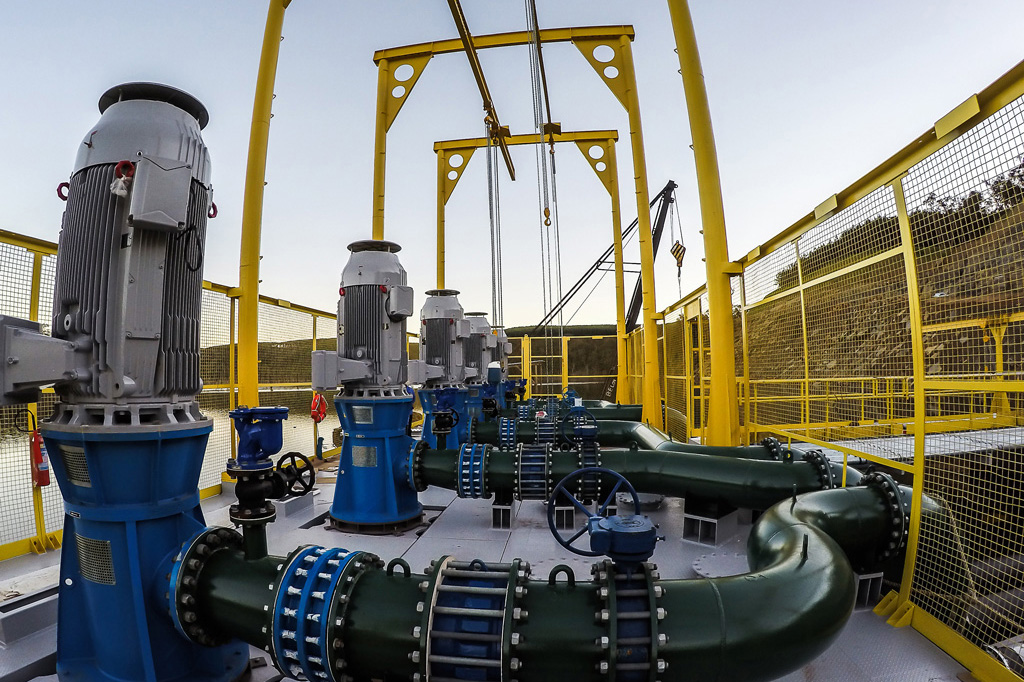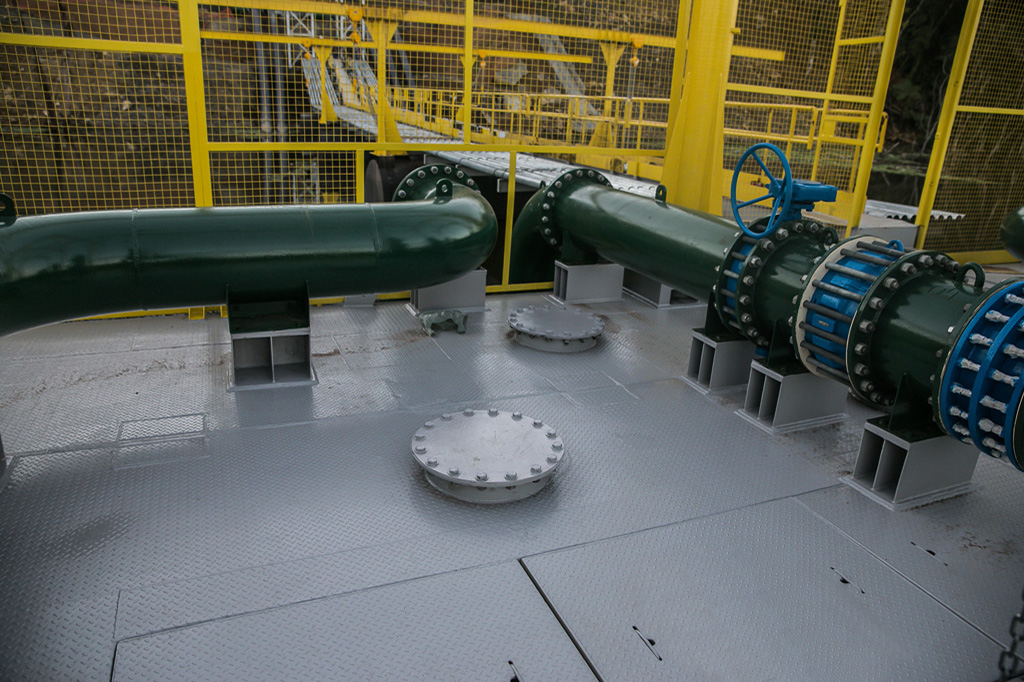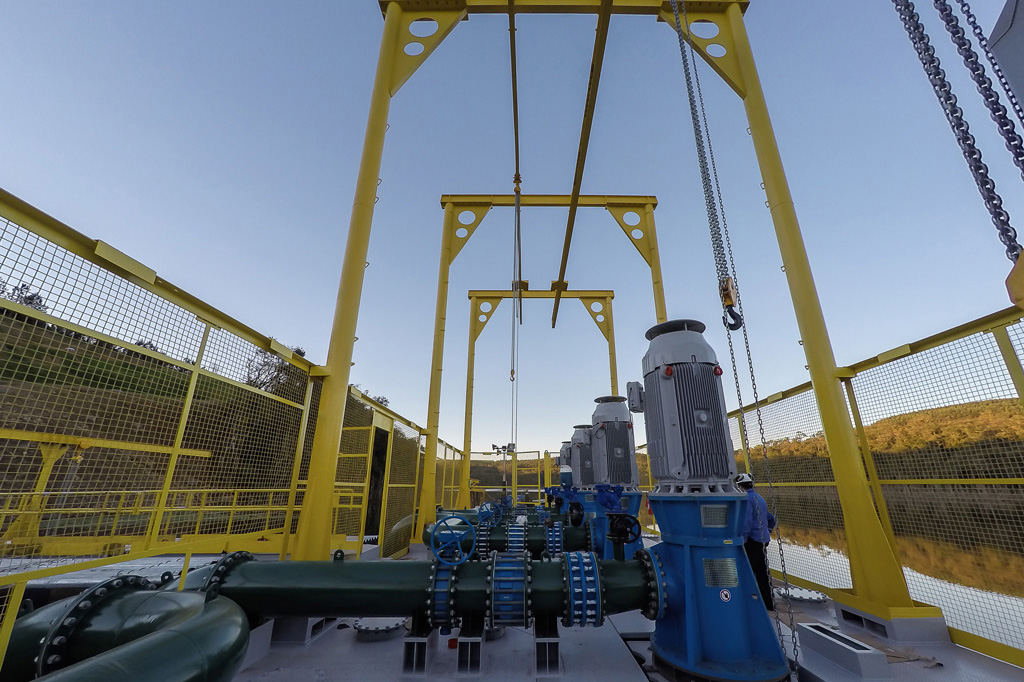Paradox of thrift: Why a high savings rate is bad for the economy? Indian Business of Tech, Mobile & Startups
Contents:


They become so used to borrow that they feel that savings is something from out of the world thing. This economic theory can be proven using mathematics, a very basic formula is what I have used in the article, more advanced calculations are available. The theory was put forward by John Maynard Keynes, an English economist in the 1930’s. His theories were put to use by many governments during the great depression to pull them out of trouble.

If the expansion fee is strong, they might use financial policy to sluggish issues down in an effort to ward off inflation. The intersection of the IS and LM curves shows the equilibrium focal point charges and output when cash markets and the true economic system are in stability. Keynesian Economics is an financial principle of whole spending within the economic system and its effects on output and inflation developed by John Maynard Keynes.
FAQs on Determination of Income and Employment Class 12 Notes CBSE Macro Economics Chapter 4 [Free PDF Download]
He estimated how a lot a authorities should spend to extend “efficient demand” and achieve full employment. When uncertain consumers and traders aren’t spending in a melancholy, where should the money come from to pump up “efficient demand”? When unsure shoppers and buyers sharply cut back on their spending, efficient demand drops. He wrote that counting on conventional monetary solutions like decreasing rates of interest was not enough. In unsure times, companies and individuals shy away from borrowing and lending money.
Hey, Big Saver! – The New York Times
Hey, Big Saver!.
Posted: Tue, 25 Sep 2012 07:00:00 GMT [source]
As against it what we actually invest or what we actually add to the physical assets of an economy is called ex-post investment. Paradox of thrift states that as people become thriftier they end up saving less or same as before. This result, though sounds apparently impossible, is actually a simple application of the model we have learnt. Explain the supply side of macroeconomic equilibrium. Is the difference between the level of AD required to establish full employmentequilibrium and the actual level of AD. It’s only natural to want to look out for your self and just be sure you have sufficient savings to get by way of the difficult instances that may lie forward.
Both the slim and broad claims are paradoxical within the assumption underlying the fallacy of composition, namely that which is true of the parts should be true of the whole. In Canada the transition was less clearly marked, though Pierre Trudeau had begun to undertake monetarist anti-inflationary measures as early as 1975. In France, François Mitterrand got here to energy in 1981 with a dedication to expansionary Keynesian policy, to help reduce unemployment attributable to the worldwide recession underway at the time.
Determination of Income and Employment Class 12 Notes CBSE Macro Economics Chapter 4 [Free PDF Download]
Explain how the economy achieves equilibrium level of national income. Under fixed price model, the value of planned (ex-ante) aggregate demand for final goods AD is equal to ex-ante consumption plus ex-ante investment expenditure. If all the people of the economy increase the proportion of income they save (i.e. if the mps of the economy increases) the total values of savings in the economy will not increase- it will either decline or remain unchanged. If we know what their marginal propensity to eat is, then we can calculate how much an increase in manufacturing will have an effect on spending. This extra spending will generate further manufacturing, creating a continuous cycle by way of a process generally known as the Keynesian multiplier. The bigger the proportion of the extra income that gets devoted to spending rather than saving, the greater the effect.
In the 1970s, a spike in oil prices led to a dangerous combination of high inflation and unemployment. With interest rates and money supply un-dictated, the free market would find its interest rate. When there is more saving it would push interest rates down for financial institutions, which would discourage savings and encourages people to take more risk . In contrast, when savings diminishes, interests rate would rise to encourage people to save. In an economy planned saving is greater than planned investment.
Equilibrium Level of Income
Most give the meaning of paradox of thrifts have soverign funds like the Singapore, Japan, Taiwan govts, Gulf Arab govts etc, who invest their surplus in other countries. Some gulf Arab countries even plan to grow their investments so large that even after the oil is gone, they plan to maintain their standard of living on the returns on these investments. SAVINGS ARE ESSENTIAL FOR THE SURVIVAL AND GROWTH OF AN ECONOMY! Let say just for you as an individual, if you want to take on a project , you will need your savings to fund your project.
Contrary to popular and academic belief, Adam Smith did not accept … – British Politics and Policy at LSE
Contrary to popular and academic belief, Adam Smith did not accept ….
Posted: Tue, 18 Feb 2014 08:00:00 GMT [source]
As given in the examination problem, when planned saving is less than planned investment, then national income will decrease as shown in the below diagram. As given in the examination problem, when planned saving is greater than planned investment, then national income will decrease as shown in the diagram. If marginal propensity to save is 0.1 and increase in national income is Rs 500 crore, calculate increase in investment.
Getting an economic system out of a deep despair, he argued, required fiscal policy measures such as government borrowing and deficit spending. He additionally thought tax cuts may assist, but he noted that people have been doubtless to save some or all the money they gained quite than spend it. British economist John Maynard Keynes believed that classical financial principle did not provide a method to end depressions.
The precise dynamics may be different, but persistent surplus imbalances can be just as harmful to an economy as persistent deficit imbalances. Subsidizing overproduction and subsidizing overconsumption are both economically wasteful. Stocks are piling up in warehouses and producers will decide to cut the value of production by 75 in the next round of production to restore the equilibrium in the market.
That occurs at point E2, which is, therefore, the new equilibrium point. The new equilibrium values of output and aggregate demand are Y2 and AD2 respectively. The aggregate demand function is parallel to the consumption function i.e., they have the same slope c. If the equilibrium level of output is more than the full employment level, then it is called as excess demand. The paradox of thrift explains how people tend to save more in times of recession, creating a huge market cash-flow gap.
- The supply corresponding to pint A is at point B which is obtained at the intersection of the 45° line and the vertical line at A.
- We know that one man’s expenditure is another man’s income.
- When marginal propensity to consume is greater than marginal propensity to save, the value of investment multiplier would be greater than 5.
- MPC is the key determinant of the Keynesian multiplier, which describes the effect of increased investment or authorities spending as an financial stimulus.
Explain consumption and investment function with the help of graphs. Induced consumption rises by MPC i.e. c or marginal propensity to consume. Autonomous consumption is denoted by C and shows the consumption which is independent on income. If consumption takes place even when income is zero, it is because of autonomous consumption. The induced component of consumption, cY shows the dependence of consumption on income. Write the meaning of excess demand and deficient demand.
Saving is treated as a virtue by households as they provide a protective umbrella against bad spells but same is treated as a vice by the economy as it retards the process of income generation. This signifies that folks will save their money in anticipation, somewhat than eat. Therefore permanent income will move the economic system toward full employment, whereas transitory revenue is saved for the cost of future taxes. This signifies that consumption stays steady regardless of taxes or borrowing. This paradox is predicated on the proposition, put forth in Keynesian economics, that many economic downturns are demand-primarily based.
I agree as the Indian government is not providing citizens with a social security net, it is important to save. But I thinks a 30 % saving rate is good anything above that can create a overall depression of the local economy. Now again this is a theory that can be proven mathematically not just some guesswork. But your point is taken and savings rate is critical. These Rs 25 crore will, thus, become the income for others. This will continue till total increase in income becomes k times the increment of investment.
When marginal propensity to consume is zero, the value of investment multiplier will also be zero. This reduction is regarded as an autonomous reduction in consumption expenditure to the extent of change is MPC. In this model, 1 is autonomous which means, it is the same no matter whatever is the level of income. Identify the equilibrium level of output and explain it. The IMF was now a lot less Keynesian than it had been in previous years, and only agreed to offer the required financing if Britain agreed to implement an austerity bundle. Shortly after, the then Prime Minister, James Callaghan, acknowledged that “spending our way out of recession” is no longer an possibility.
Milton Friedman, a University of Chicago economist, led a revival of free-market economics. Friedman confused much less authorities spending, little regulation of personal enterprise, and lower taxes.Free-market capitalism took off within the U.S. after 1980. Free-market economists argued that the non-public enterprise market system was self-regulating and needed little government oversight.
In addition to making an attempt to resolve recessions, the government may even try to avoid inflation. High client financial savings levels, often spurred by the assumption of a unfavorable economic event on the horizon, causes monetary coverage to be generally ineffective. In economics, the marginal propensity to eat is outlined because the proportion of an mixture increase in pay that a shopper spends on the consumption of goods and services, as opposed to saving it. This paradox could be defined by analyzing the place, and impact, of elevated financial savings in an financial system. If a inhabitants decides to avoid wasting more money in any respect income ranges, then complete revenues for corporations will decline. This decreased demand causes a contraction of output, giving employers and staff lower earnings.
- Pareto’s efficiency is defined as the economic situation when the circumstances of one individual cannot be made better without making the situation worse for another individual.
- Write the meaning of excess demand and deficient demand.
- Such a situation is harmful for everybody as investments give lower returns than normal.
- This led to further recession something that lasted for more than a decade.
- Now if US stop this monkey business and start repaying, it takes their next 20 generations to repay what their forefathers have borrowed.
Multiple eventualities or points in time may be represented by including further IS and LM curves. In some variations of the graph, curves display restricted convexity or concavity. Shifts within the position and form of the IS and LM curves, representing changing preferences for liquidity, investment, and consumption, alter the equilibrium ranges of earnings and rates of interest. The IS-LM graph examines the connection between output, or GDP, and rates of interest. Paradox of Thrift states that individuals try to save more during an economic recession, which essentially leads to a fall in economic growth. Now as individuals keep increasing the savings, now its the turn of the government to put the savings to productive / constructive use.
Suppose, the government of a country spends Rs 100 crore on building roads. National income of the country automatically rises by Rs 100 crore in Round 1. It can be illustrated with the help of a simple example. We know that one man’s expenditure is another man’s income. Hence, inverse relationship exists between MPS and multiplier. As we know that one person’s expenditure is another person’s income.

















































